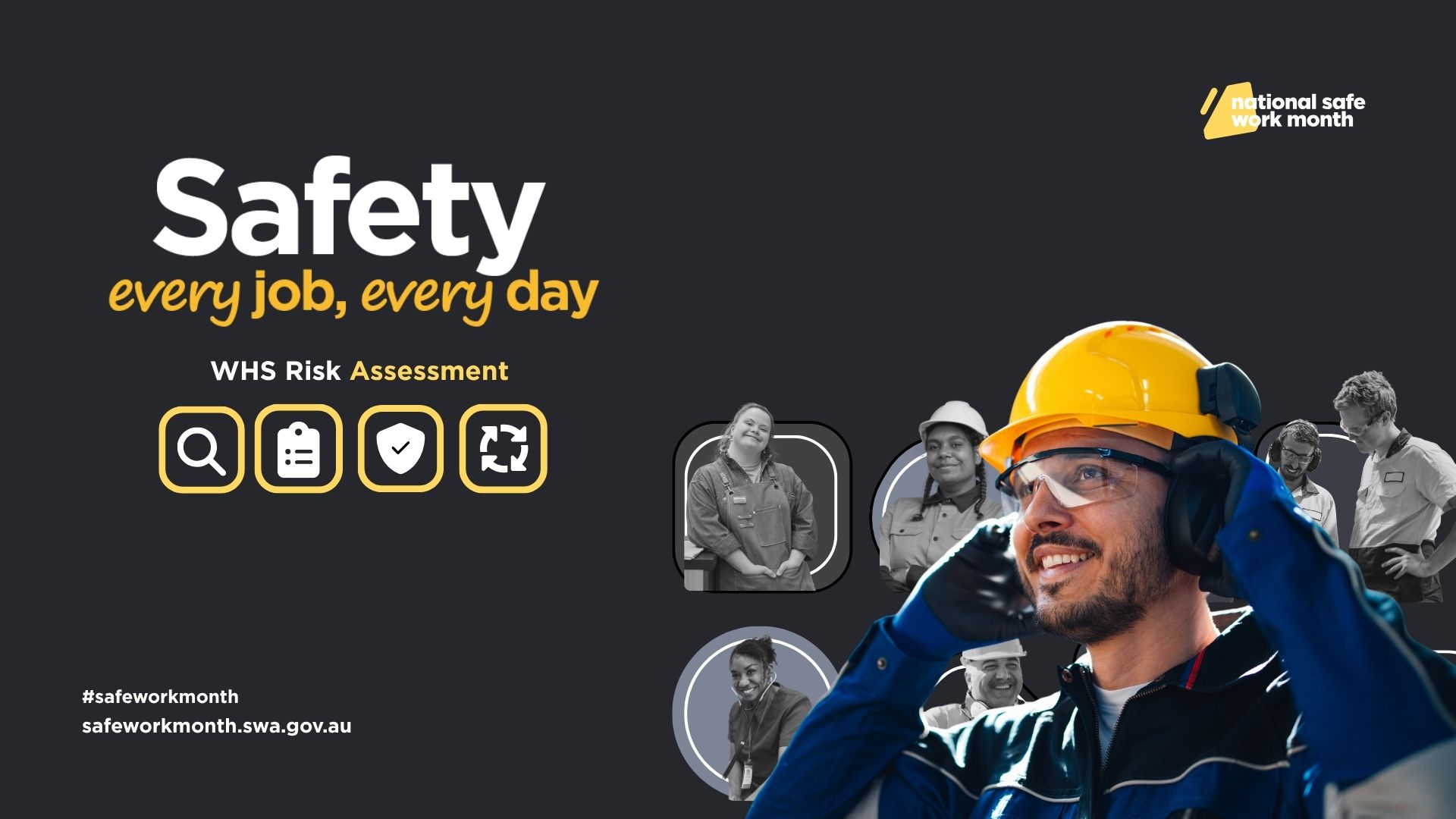Are You Managing Your Critical Risks Effectively and Efficiently?
Having only been formally required in the major hazard sector in past years, organisations in other high-risk industries are now seeing the benefit of critical risk programs that focus their limited resources on the things they must do to manage the dynamic risk in their operations.|Having only been formally required in the major hazard sector in past years, organisations in other high-risk industries are now seeing the benefit of critical risk programs that focus their limited resources on the things they must do to manage the dynamic risk in their operations.


Guest author: Ivica Ninic, Director at Forge Works
Having only been formally required in the major hazard sector in past years, organisations in other high-risk industries are now seeing the benefit of critical risk programs that focus their limited resources on the things they must do to manage the dynamic risk in their operations.
Critical risk programs focus on ensuring that the risk of events that have the potential for fatal or other serious impacts are reduced so far as is reasonably practicable.
Recalling our previous article ‘How much safety is enough?’, this requires that we provide all reasonably practicable controls, but also to make sure that those controls remain effective… ongoing.
At Forge Works. we describe the process of reducing, managing and monitoring the dynamic operational risk in high-risk and major hazard industries in the nine stages:

We have used this approach to co-design and implement critical risk management processes for our clients and we cover this process in our Advanced Safety Professional Practice course on our SafetyFutures platform.
Reach out if you’re keen to learn more!
myosh Critical Risk Management
Webinar: Critical Control Management – A Configuration Case Study with Mitchell Services
What’s covered?
This is a first-time introduction of new and novel technology that has a significant impact on operations. Find out what Smart Technology can bring.
- Critical Risks, their methodology and the issues at hand.
- Critical controls and conformance standards.
- Smart Inspections™, control effectiveness and performance reports.
Adrian Manessis from myosh will then demonstrate how Smart Inspections™ and the Rules Engine are used to manage Critical Control Effectiveness, status and reporting.





